Mercedes-Benz GLE Adopts New Platform for 2019, Doesn't Skip Leg Day

The pride of Tuscaloosa is getting a very German revamp for its next generation, adopting evolutionary changes in design while slipping in some new tech that only reveals itself to the driver.
First gracing our shores in 1997, Mercedes-Benz’s GLE debuted as the ML320, finding fans in successful realtors everywhere. Since then, M-B has made sure not to push the the model’s boundaries too much, leaving much of the experimentation to its Mercedes-AMG division. It’s unlikely return buyers will find much to hate about the 2019 version, unless they’re particularly averse to six-pot engines with cylinders arranged all in a row.
Revealed for the first time Tuesday, the new GLE hops to the automaker’s Modular High Architecture platform, promising reductions in weight and an increase in stiffness. Equally as notable, perhaps even more, is the model’s 48-volt electrical system, which technically classifies this vehicle as a mild hybrid. A public debut takes place at October’s Paris auto show.
As reported by Automotive News Europe, the GLE’s wheelbase grows just over 3 inches, improving cabin volume and making an optional third row a possibility. The base engine is a 3.0-liter inline-six generating 367 horsepower, hooked up to the aforementioned mild hybrid system for electrical boost during acceleration (“EQ Boost,” in well-branded Mercedes-Benz parlance). Some 22 extra ponies and an undisclosed amount of torque can be drawn from this system for brief periods.
In the U.S., the current GLE range starts with the GLE400 and its standard twin-turbo 3.0-liter V6. That mill, hooked to a seven-speed automatic, provides 329 hp and 354 lb-ft.
“At a later stage a plug-in hybrid variant with a particularly long range will be added to the drive portfolio,” Mercedes-Benz claims.
While the GLE’s outward looks won’t cause rubbernecking pedestrians to walk into traffic, it isn’t likely to offend the brand faithful. The grille opening grows larger and rounder, with the lower air opening adopting a variation of the dog bone shape seen on other models. A slipperier body means coefficient of drag drops to a low 0.29, further aiding fuel economy gains (whatever those might be).
Beneath the SUV, the automaker’s in-house adaptive suspension system draws power from the 48-volt system to adjust damping rates for each wheel, individually. It should help keep things level when the going gets rough. Mercedes-Benz calls the new setup E-Active Body Control.
Inside, drivers gain larger display screens and a color, high-resolution head-up display. No longer does the center stack host an iPad-like screen poking up above the dash. The automaker’s next-generation MBUX virtual assistant now responds to speech commands, as well as hand and arm gestures. (That latter capability is something we’d like to see in action.)
Further details, as well as pricing, will come closer to the GLE’s early 2019 launch date in the U.S.
[Images: Daimler AG]

More by Steph Willems
Latest Car Reviews
Read moreLatest Product Reviews
Read moreRecent Comments
- ToolGuy I watched the video. Not sure those are real people.
- ToolGuy "This car does mean a lot to me, so I care more about it going to a good home than I do about the final sale price."• This is exactly what my new vehicle dealership says.
- Redapple2 4 Keys to a Safe, Modern, Prosperous Society1 Cheap Energy2 Meritocracy. The best person gets the job. Regardless.3 Free Speech. Fair and strong press.4 Law and Order. Do a crime. Get punished.One large group is damaging the above 4. The other party holds them as key. You are Iran or Zimbabwe without them.
- Alan Where's Earnest? TX? NM? AR? Must be a new Tesla plant the Earnest plant.
- Alan Change will occur and a sloppy transition to a more environmentally friendly society will occur. There will be plenty of screaming and kicking in the process.I don't know why certain individuals keep on touting that what is put forward will occur. It's all talk and BS, but the transition will occur eventually.This conversation is no different to union demands, does the union always get what they want, or a portion of their demands? Green ideas will be put forward to discuss and debate and an outcome will be had.Hydrogen is the only logical form of renewable energy to power transport in the future. Why? Like oil the materials to manufacture batteries is limited.



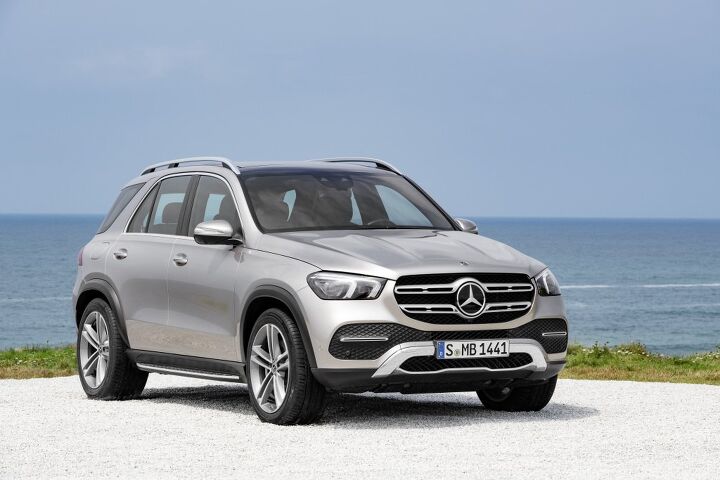

















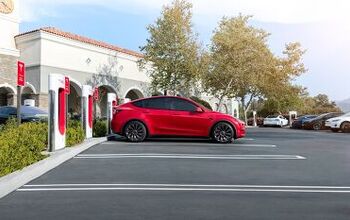
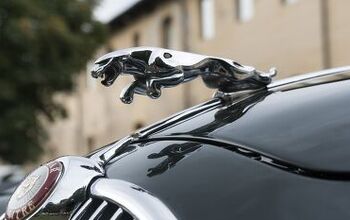

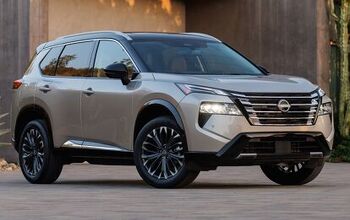

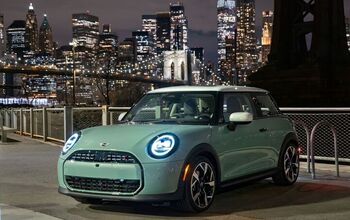

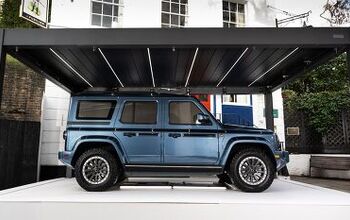


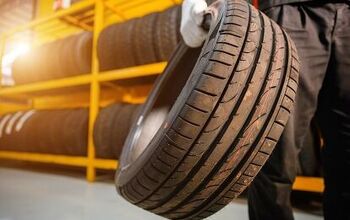

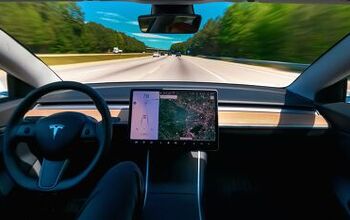
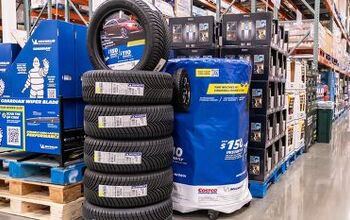
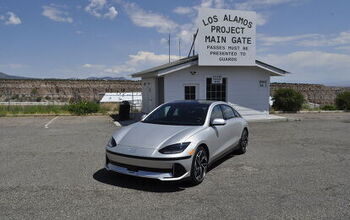
Comments
Join the conversation
Aesthetically (sheetmetal-wise), the GLE was the worst of the MB CUVs. Guess there is some improvement, but that's not saying much. The worst is the greenhouse where it looks like the cargo area/hatch was tacked onto the back of a sedan.
Larger screens inside. Oh ... yay...